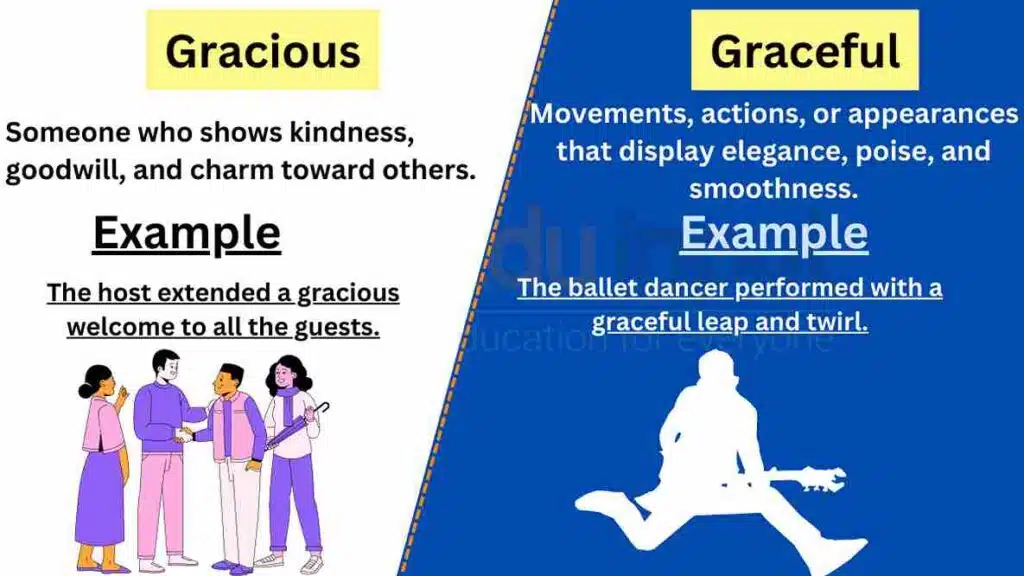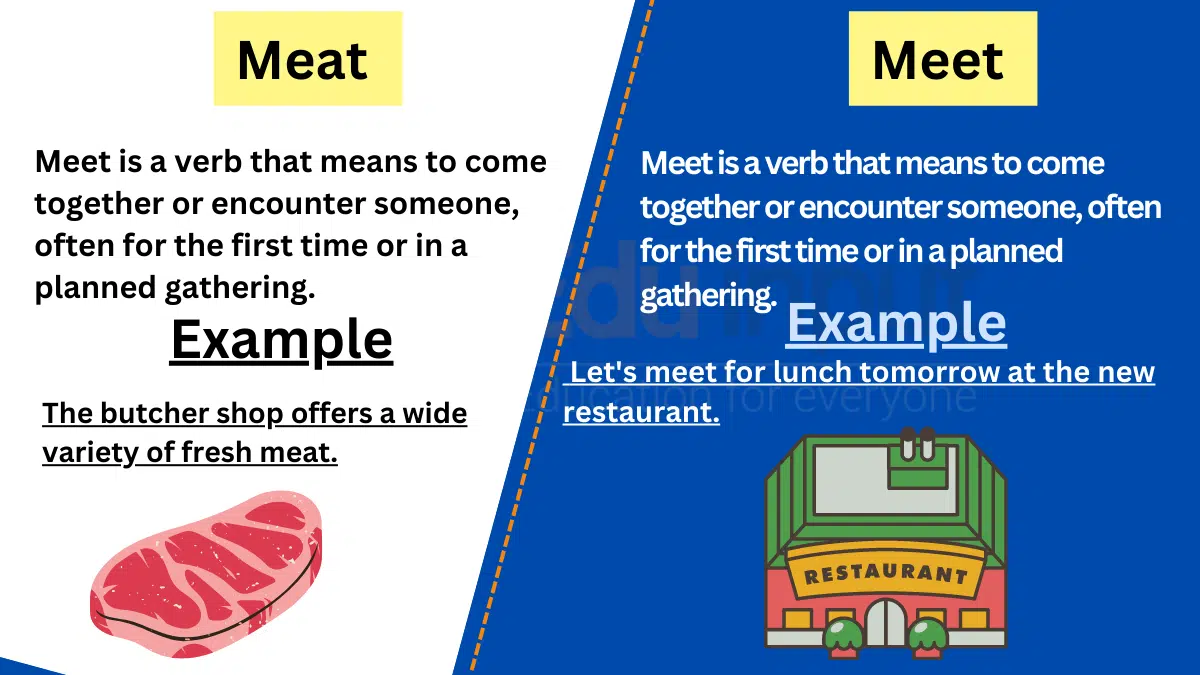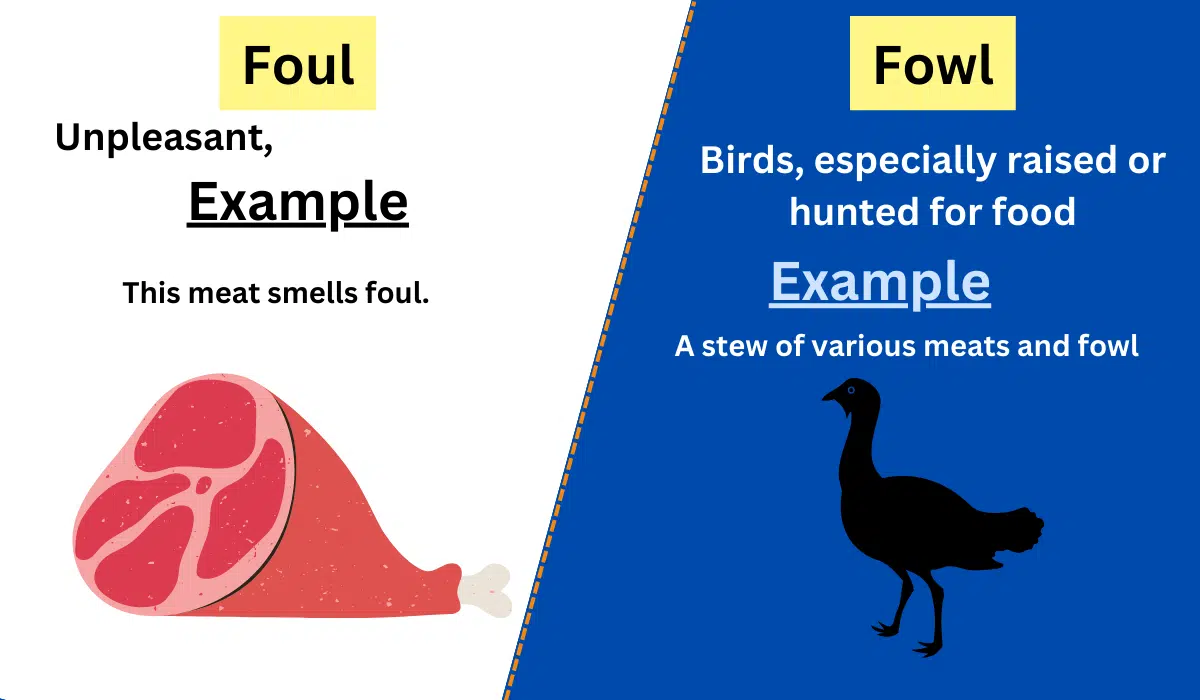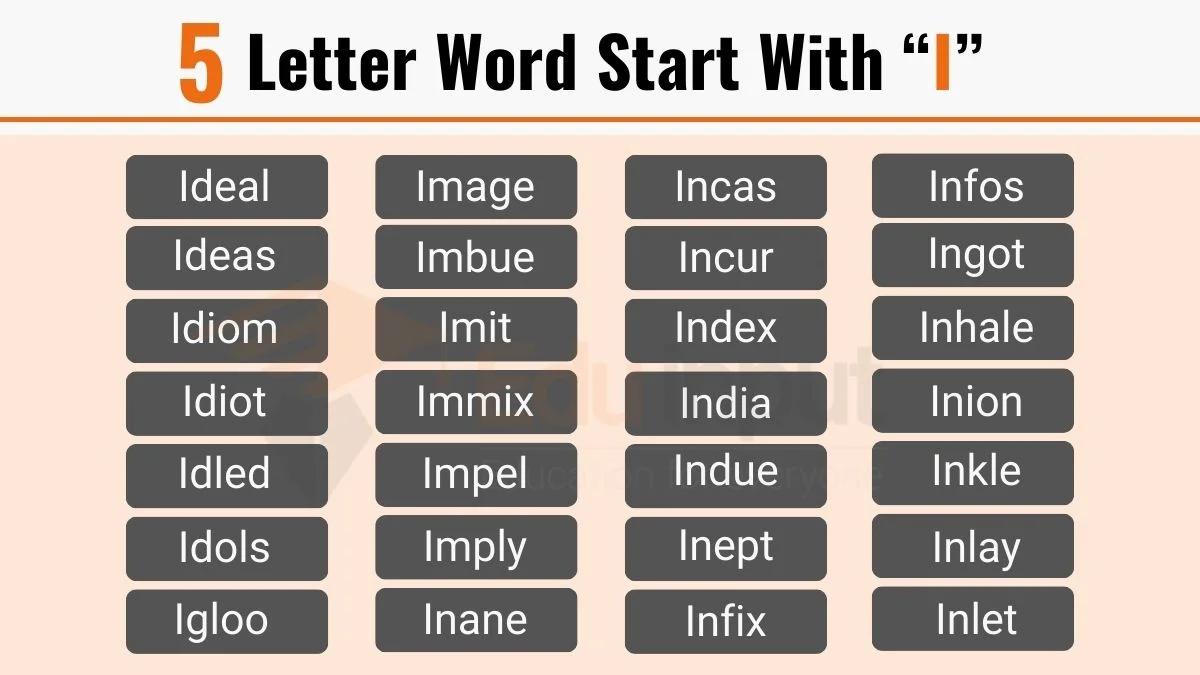Gracious vs Graceful-Difference Between And Examples
In the English language, the words “gracious” and “graceful” may appear similar, but they have distinct meanings and usage. In this article, we will explore the differences between “gracious” and “graceful” to clarify their definitions and provide examples of their usage. By understanding these terms, we can communicate more accurately and appreciate the nuances of expressing kindness and elegance. Let’s delve into the meanings of “gracious” and “graceful” to enhance our language skills.

Meanings and Examples
Gracious Meaning
The meaning of “Gracious” refers to someone who shows kindness, goodwill, and charm towards others. It is associated with being polite, considerate, and tactful in interactions and behavior.
Gracious Examples
- “The host extended a gracious welcome to all the guests.”
- “She was gracious enough to offer her assistance to those in need.”
- “Despite the criticism, he responded with a gracious and diplomatic reply.”
Graceful Meaning
The Meaning of “Graceful” is movements, actions, or appearances that display elegance, poise, and smoothness. It signifies beauty, fluidity, and an aesthetically pleasing manner.
Graceful Examples
- “The ballet dancer performed with a graceful leap and twirl.”
- “The swan glided across the water with effortless, graceful movements.”
- “Her graceful presence commanded attention and admiration.”
Difference Between Gracious and Graceful
| Gracious | Graceful | |
| Meaning | Showing kindness, goodwill, and charm | Displaying elegance, poise, and smoothness |
| Example | “The host extended a gracious welcome to all the guests.” | “The ballet dancer performed with a graceful leap and twirl.” |
| Usage | Describing behavior and interactions | Depicting movements, actions, or appearance |
| Context | Social interactions, hospitality, diplomacy | Performing arts, aesthetics, physical movements |
Usage in a Paragraph
In social settings, it is crucial to be gracious and considerate towards others. A gracious person understands the importance of showing kindness, respect, and hospitality. They greet others with warmth and make an effort to ensure everyone feels welcomed and valued. Their genuine smiles and polite conversations create an atmosphere of positivity and goodwill.
Similarly, in the realm of physical expression, gracefulness captivates attention and admiration. Whether it’s a ballet performance, a figure skating routine, or a ballroom dance, gracefulness is evident in the fluid and effortless movements. The dancers’ poised gestures, synchronized steps, and elegant postures create a visually pleasing spectacle, captivating the audience’s eyes.
Distinguishing between “gracious” and “graceful” enables us to communicate with precision and appreciation for the nuances of kindness and elegance. “Gracious” relates to showing kindness, goodwill, and charm in social interactions, while “graceful” pertains to movements, actions, or appearance that display beauty, poise, and fluidity. By understanding and incorporating these terms appropriately, we can enhance our language skills and convey our thoughts accurately. So, whether you’re extending a gracious welcome or admiring a graceful performance, embracing the distinction between “gracious” and “graceful” will enrich your communication and understanding of these concepts.







Leave a Reply